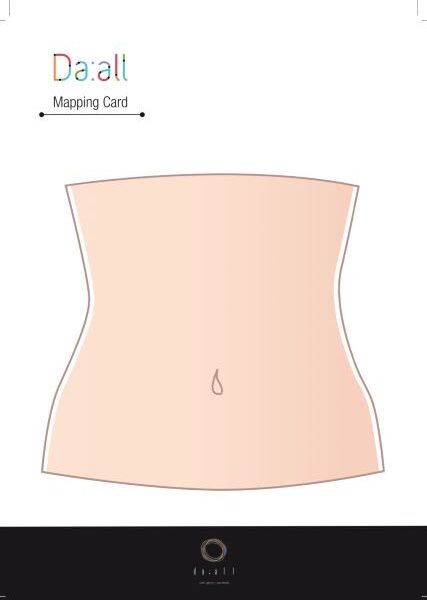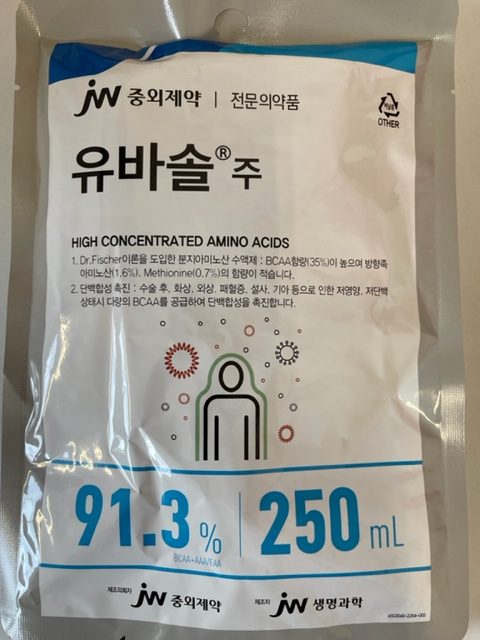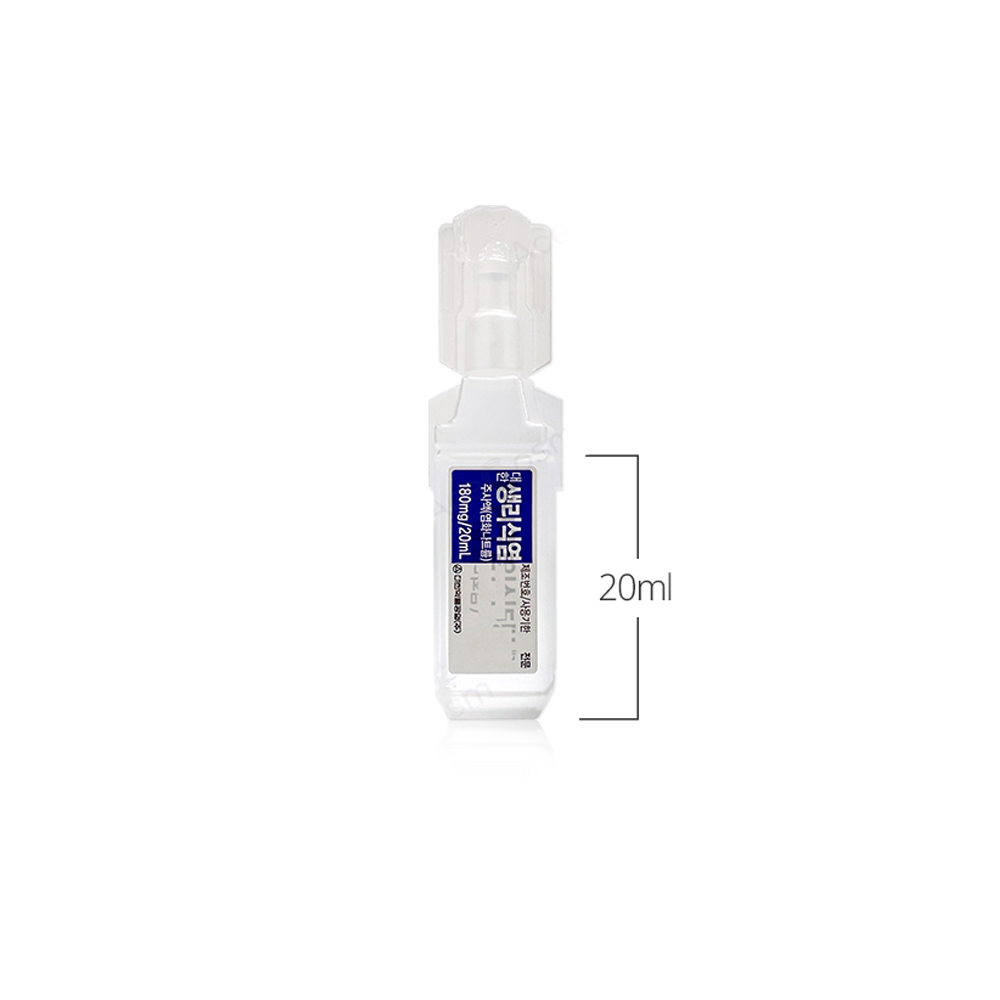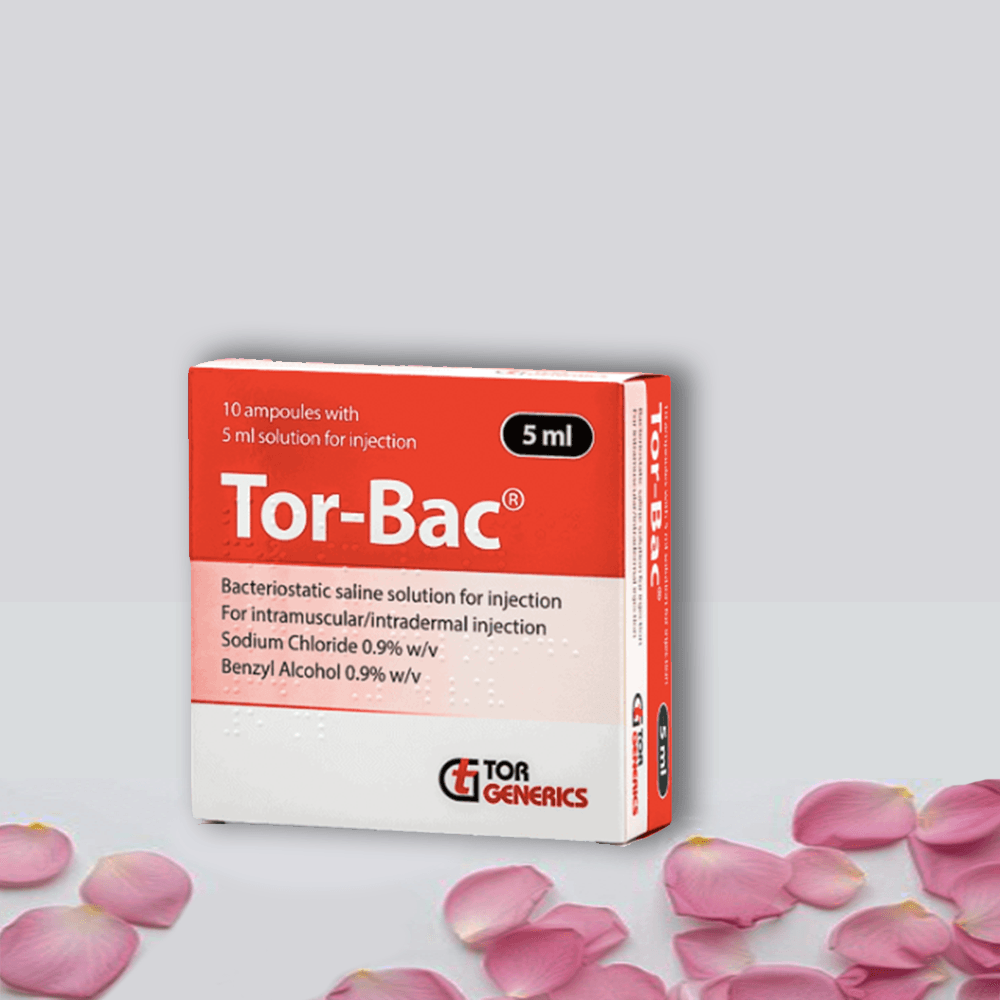Description
Nezolid: Intravenous Antibiotic IV Infusion Solution
Introduction: Nezolid is a potent antibiotic infusion solution meticulously designed to combat severe bacterial infections. Its mechanism involves halting bacterial growth, rendering it a vital tool in the fight against infectious diseases. However, its classification as an MAO inhibitor warrants careful consideration due to its potential to influence neurotransmitter levels.
How to Administer Linezolid Intravenously:
- Dosage and Administration: Nezolid is administered via intravenous injection as a healthcare professional prescribes. The infusion process typically occurs every 12 hours, with injection speed ranging from 30 minutes to 2 hours.
- Pediatric Usage: Pediatric dosages are determined by age and weight, often necessitating administration every 8 hours. A healthcare provider should provide precise dosing instructions.
- Home Administration: Patients utilizing Nezolid at home must receive comprehensive training from healthcare professionals regarding proper preparation, usage, and disposal protocols to ensure safety and efficacy.
Dietary Considerations for Linezolid Usage:
- Tyramine-Restricted Diet: To prevent hypertension reactions, adherence to a tyramine-restricted diet is imperative. Patients should avoid tyramine-rich foods such as aged cheeses, cured meats, fermented products, and certain alcoholic beverages.
- Consultation with Healthcare Providers: Patients should consult with their healthcare providers or dietitians for personalized dietary guidance and a comprehensive list of tyramine-containing foods to limit or avoid.
Maintaining Consistency for Optimal Effect:
- Adherence to Treatment Schedule: Patients are encouraged to administer Nezolid consistently at prescribed intervals to maximize its therapeutic efficacy. Establishing a routine facilitates adherence and enhances treatment outcomes.
- Completion of Treatment: Patients should complete the full course of Nezolid treatment, even if symptoms subside before completion, to minimize the risk of antibiotic resistance and recurrence of infection.
Additional Considerations:
- Patient Education: Comprehensive patient education regarding treatment duration, potential side effects, and the importance of adherence is crucial for treatment success.
- Monitoring and Follow-Up: Regular monitoring by healthcare providers ensures treatment effectiveness, identifies adverse reactions promptly, and allows for necessary adjustments to the treatment plan.
- Storage and Discontinuation: Proper storage of Nezolid is essential to maintain its stability and efficacy. Patients should not discontinue Nezolid abruptly without consulting their healthcare provider.
- Contraindications and Adverse Reactions: Patients should be aware of potential contraindications and adverse reactions associated with Nezolid and promptly report any concerning symptoms to their healthcare provider.
- Consultation and Support: Access to healthcare professionals for consultations and support throughout the treatment process is vital for addressing patient concerns and optimizing treatment outcomes.
Related Products
£20.00 – £150.00
Select options
This product has multiple variants. The options may be chosen on the product page
£10.00 – £88.00
Select options
This product has multiple variants. The options may be chosen on the product page










